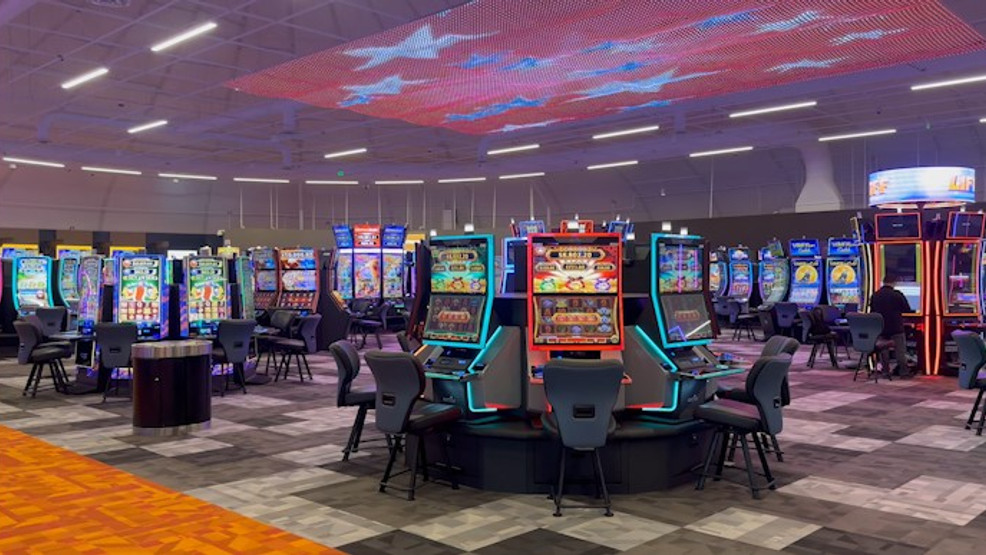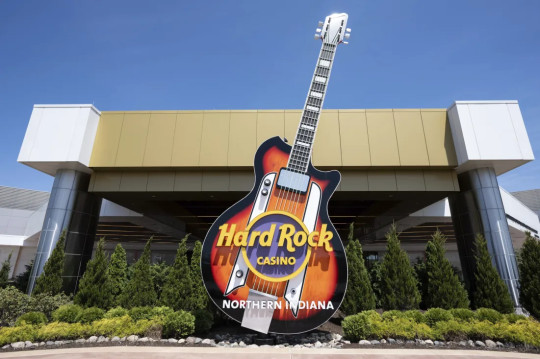CALIFORNIA GAMBLING – California’s gambling roots extend back to the mid-19th century during the gold rush. Prospectors who flocked to the state brought casino-style games with them, setting up card tables and betting stations wherever gold prospects offered the chance for wealth—or loss. By the time California achieved statehood in 1850, card rooms had cemented themselves into local culture. Unlike Las Vegas-style casinos, these establishments focused on player-versus-player games, a practice still evident in modern card rooms like the massive Commerce Casino, boasting over 240 poker tables.
19th Century Legislation: Criminalizing the Casino
In 1872, California’s Penal Code explicitly banned several casino games—faro, roulette, fan-tan, and rondo—but conspicuously left poker untouched. This deliberate omission helped poker thrive even in the face of restrictive laws. Horse racing took a different trajectory, with wagering legalized in 1933 through a constitutional amendment. Today, the state supports six major tracks, including the iconic Santa Anita Park, and over 30 off-track betting sites serve California’s horse-racing enthusiasts.
The Tribal Casino Movement
Indian gaming began quietly in the 1970s with a bingo club organized by the Oneida tribe. It wasn’t long before other tribes followed, seeing the potential to bolster tribal economies. By the early 1980s, the Cabazon Band of Mission Indians had elevated the stakes with a high-stakes bingo operation in Riverside County. The resulting legal battle culminated in the 1987 Supreme Court ruling granting tribes the right to offer gambling on reservation land as long as state law permitted the activity elsewhere. This decision paved the way for the Indian Gaming Regulatory Act and California’s 76 tribal casinos, contributing over $8 billion annually.
Regulatory Framework: From Bingo To Big Business
Card rooms required minimal oversight until 1984 when the Gambling Registration Act introduced state-level licensing. A stricter approach under the 1997 Gambling Control Act enhanced regulatory oversight and affirmed California’s longstanding prohibition of “house-banked” games. Tribal casino operations, meanwhile, came under the purview of the California Gambling Control Commission by the mid-1990s.
Platforms Shaping California’s Gambling Scene
As California continues to debate the legalization of online gambling, attention has shifted to platforms offering free and social casino gaming. These platforms provide a glimpse into the potential online market without breaching state regulations. Examples include sweepstakes-based casinos and interactive gaming venues, which allow players to enjoy games without wagering real money. Such operations emphasize entertainment while adhering to legal boundaries, giving them a foothold in a market yet to fully open.
Meanwhile, names like McLuck have surfaced within the broader context of online gaming, alongside other brands testing creative models. These platforms tap into player interest with innovative formats, standing as speculative players in California’s evolving gambling dialogue.
Sports Betting: A Billion-Dollar Stalemate
Despite a nationwide wave of states legalizing sports betting following the U.S. Supreme Court’s decision in Murphy v. NCAA in 2018, California remains behind the curve. Multiple attempts to legalize sports betting—most recently in 2023—have failed. Proposals such as ACA-18 in 2017 and high-profile ballot measures have faced staunch opposition, primarily from tribal casinos and activist groups. For context, New York’s legalization of mobile betting broke national revenue records in under a month, suggesting California’s potential market is massive.
|
Market Comparison
|
State
|
Population
|
Estimated Revenue
|
|
California (Potential Market)
|
39M
|
$2 Billion+
|
Based on industry estimates
|
|
New York (Mobile Betting Market)
|
19M
|
$135M
|
First-month handle record
|
The Lottery and Charitable Gaming
Voters approved the California Lottery in 1984, creating one of the state’s most accessible gambling markets. Offering scratch cards, daily draws, and multi-state jackpot games, the lottery’s revenue primarily supports public education. Charitable gaming operates within narrow boundaries, with registered nonprofits limited to one poker night per year and controlled fundraising raffles.
Current State and Online Gambling Future
California’s current gambling structure rests on tribal casinos, card rooms, horse racing, and the state lottery. However, online gambling has yet to receive legislative approval, leaving brands eyeing a lucrative market in limbo. Proposals like SCA-6 remain stalled due to tribal resistance and public scrutiny. But with over 39 million residents and tech-savvy demographics, California’s online gambling potential continues to generate interest.
Unique California Rules: Adapting to the Gold Rush Legacy
California’s gambling rules carry historical quirks. For instance, “banked games” remain banned—a legacy of saloon cheating scandals during the gold rush. Instead, card rooms charge fees per hand or per hour, leaving banking roles to separate businesses known as Third-Party Proposition Player Services. This regulation illustrates the state’s distinct approach to gambling oversight while underlining its historical ties to the industry.
Economic Footprint
Beyond individual sectors, California’s industry features more than 160 venues—from tribal casinos to small card rooms. Combined with retail lottery ticket sales and racetracks, gambling forms a multi-billion-dollar revenue source for the state. National companies like FanDuel and DraftKings have already prepared massive investments to capture market share if and when the state removes its legal barriers.
###





